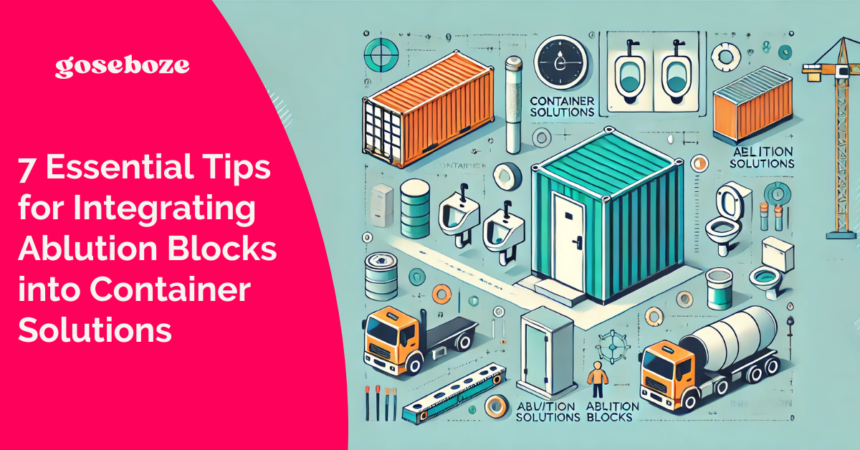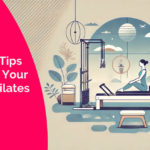Integrating ablution blocks into container solutions involves careful planning and consideration to ensure functionality, durability, and user comfort. Whether for temporary facilities, remote locations, or special events, this article will provide the seven essential tips to effectively integrate ablution blocks into container solutions.
1. Assess Space and Layout Requirements
When planning ablution facilities inside a container, it’s important to figure out how much space is necessary. Also, consider if the facilities need to be accessible to everyone, including those with disabilities. By carefully thinking about these factors, you can design the layout of the container to ensure it meets the needs of its users effectively and comfortably.
2. Choose Appropriate Container Size and Type
Before choosing containers for ablution facilities, it’s important to pick ones that fit well with the bathrooms and showers you need. Make sure they’re comfortable to use and work properly. Think about things like:
- Keeping the people inside warm enough.
- Having good airflow which is making it easy to connect to plumbing.
By considering these factors, you can ensure the containers provide a comfortable and functional space for users without any issues.
3. Plan Plumbing and Drainage System
Create plumbing and drainage systems that work well for your facilities to operate smoothly and efficiently. When planning, think about local rules and how waste and water will affect the environment. This helps make sure everything is efficient while also being responsible with resources and protecting the surroundings.
4. Ensure Ventilation and Airflow
Proper ventilation is important inside containers to stop moisture from building up and to keep the air quality good. By putting vents or windows in the right places, you can make sure there’s enough airflow. This helps people feel more comfortable and keeps the air inside fresh and healthy.
5. Prioritize Hygiene and Sanitation
By setting up an ablution block, it’s important to include things that keep them clean and safe to use. This means having faucets that work without touching them and surfaces that stop bacteria from spreading. You should also check things often to keep them safe and clean for everyone who uses them. This helps to ensure that the ablution blocks stay in good condition and are hygienic.
6. Consider Energy and Water Efficiency
Choosing energy-efficient lighting and considering renewable energy sources when possible are smart choices. These decisions help to lower how much money it costs to run things and lessen how much you impact the environment. This way, you can make sure things run smoothly and last a long time.
Read Also: Church of the Highlands Exposed – Pastor Problems & Big Church Scandals
7. Accessibility and Safety
Make sure that everyone, including people with disabilities, can easily use the ablution block. This means installing things like:
- Ramps or wide doors for wheelchairs
- Putting handrails or bars to hold onto
Also, it’s important to have floors that are not slippery and enough light so that everyone can see clearly and feel safe. These features are essential for making sure that the ablution block is safe and comfortable for all users.
Crafting Comfort with Ablution Blocks!
Integrating ablution blocks into container solutions involves careful planning and attention to detail to make sure the facilities work well and are comfortable. You need to think about the space needed, choose containers that fit the facilities, plan out plumbing and ventilation. By doing this thoughtfully, you can create effective ablution blocks in containers that serve different needs and situations.








